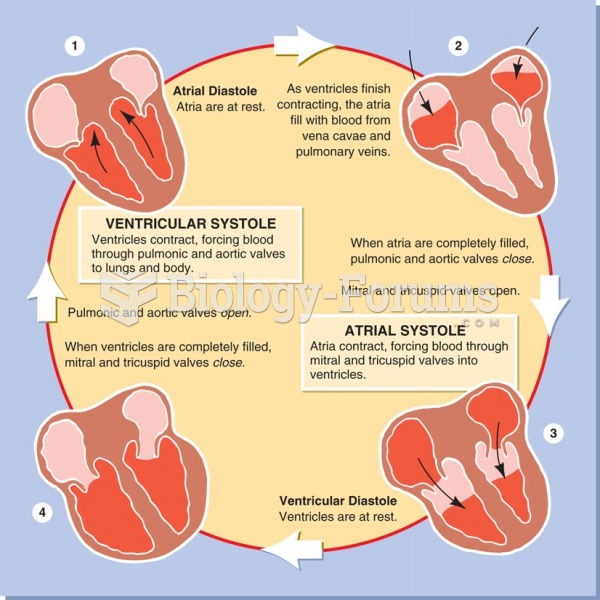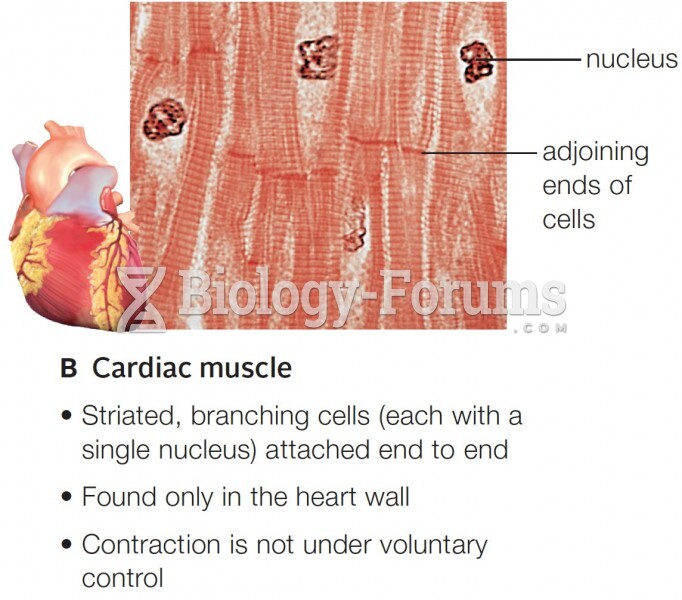Answer to Question 1
Ans: C
Feedback:
When the patient is willing and able to manage the treatment regimen, the nurse should provide information concerning the drug, the method of administration, what type of reactions to expect, and what to report to the primary health care provider. A patient willing to take responsibility for his or her treatment may need the nurse to develop a teaching plan that gives the patient the information needed to properly manage the therapeutic regimen. The nurse need not educate the patient on the composition of the drug or the disorders for which the drug is used because this information will not assist the patient in administering the drug by himself or herself to achieve the therapeutic effect. The nurse ensures that the drug is not contraindicated for the patient before its administration. Therefore, it is considered safe for the patient to take the drug independently.
Answer to Question 2
Ans: A
Feedback:
Some of the nursing diagnoses developed by NANDA are useful in identifying patient problems related to drug therapy and are more commonly used when administering drugs. The nursing diagnoses developed by NANDA do not classify the patients according to their age groups or the drugs based on their actions. NANDA nursing diagnoses do not identify the expected outcome of treatments given. An expected outcome will be specifically related to the kind of drug treatment given to the patient. After the nursing diagnoses are formulated, the nurse develops expected outcomes, which are patient oriented. The expected outcomes will be generated through efficient planning and implementation of the care plan. NANDA nursing diagnoses are not used to identify expected outcomes for patients.







